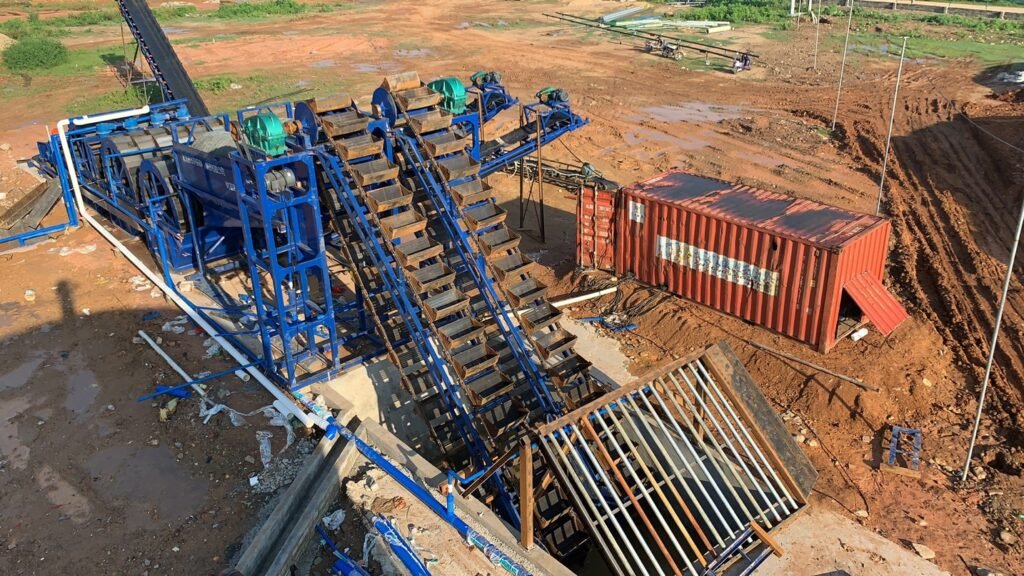
Keywords: sand washing machine vs traditional cleaning, sand washing machine benefits
The process of cleaning sand has evolved significantly over the years, with sand washing machines gradually replacing traditional manual cleaning methods. While traditional methods may still be used in some small-scale operations, the advantages of using sand washing machines are becoming increasingly apparent. Understanding the differences between these two approaches can help businesses make informed decisions about their sand cleaning processes.
Efficiency and Productivity: Sand washing machines are designed to handle large volumes of sand quickly and efficiently. In contrast, traditional manual cleaning methods are labor-intensive and time-consuming, often resulting in inconsistent cleaning quality. A sand washing machine can clean more sand in a single cycle than a team of workers could achieve manually, making it a far more efficient option for large-scale operations.
Consistency and Quality: One of the main drawbacks of traditional sand cleaning methods is the lack of consistency. Manual cleaning relies heavily on the skill and attention of workers, leading to variations in the quality of the cleaned sand. Sand washing machines, on the other hand, offer consistent results due to their mechanical operation. The machine’s precise and uniform cleaning process ensures that all sand is cleaned to the same high standard, which is essential for industries where product quality is critical.
Cost-Effectiveness: While the initial investment in a sand washing machine can be higher than the cost of manual labor, the long-term benefits often outweigh this expense. Sand washing machines reduce the need for large labor forces, lowering payroll costs and minimizing the risk of human error. Additionally, the machine’s ability to recycle water and use it efficiently can lead to significant savings in water costs over time. The reduced need for chemical additives and the machine’s lower energy consumption also contribute to its cost-effectiveness.
Safety and Environmental Impact: Manual sand cleaning methods can pose significant safety risks to workers, including exposure to dust, heavy lifting, and repetitive strain injuries. Sand washing machines, however, automate the cleaning process, reducing the need for manual labor and minimizing the risk of work-related injuries. Additionally, modern sand washing machines are designed to be more environmentally friendly, with features such as water recycling, noise reduction, and wastewater treatment systems. These features not only protect the environment but also help companies comply with increasingly stringent environmental regulations.
Scalability and Flexibility: Traditional sand cleaning methods are often limited in their scalability. As production demands increase, businesses may struggle to keep up using manual cleaning techniques. Sand washing machines, however, are easily scalable to accommodate growing production needs. They are available in various sizes and capacities, allowing businesses to choose a machine that best fits their current and future needs. Furthermore, many sand washing machines are designed to be flexible, allowing them to handle different types of sand and adjust to various cleaning requirements.
In conclusion, while traditional sand cleaning methods may still have a place in small-scale or niche operations, the benefits of sand washing machines make them the superior choice for most businesses. Their efficiency, consistency, cost-effectiveness, safety, and environmental benefits far outweigh the initial investment, making them an essential tool for modern sand production.
SAND WASHING MACHINE

No responses yet